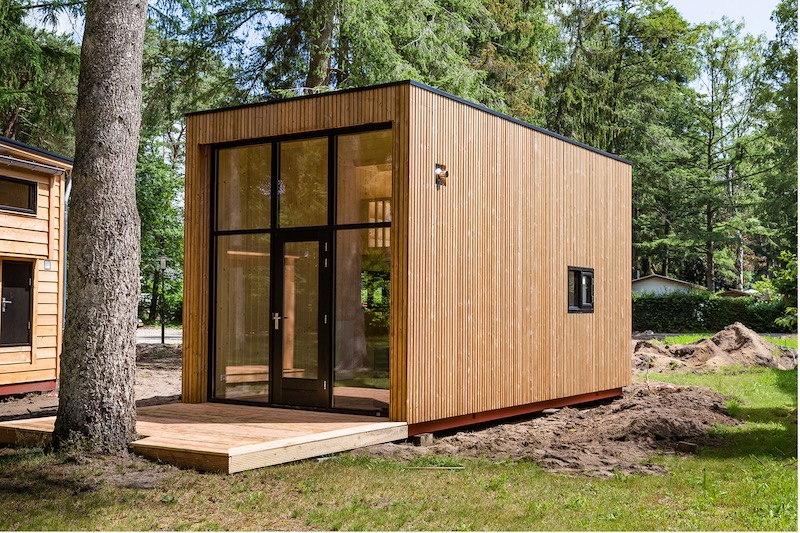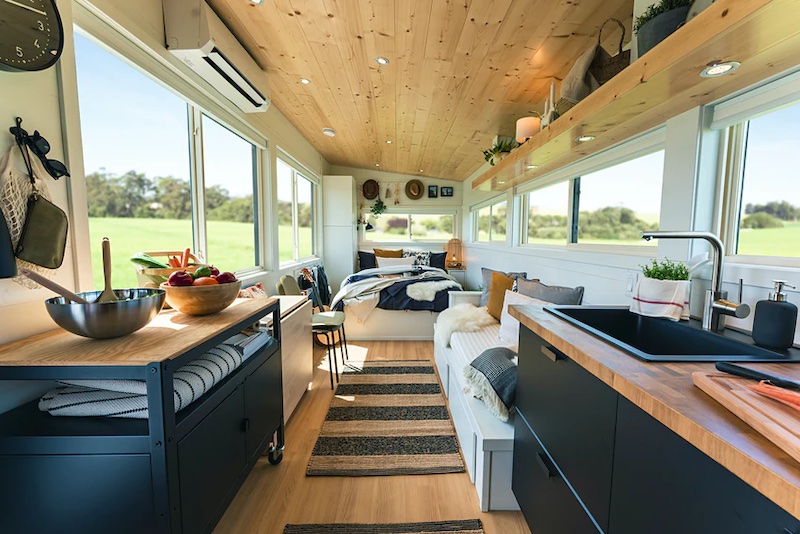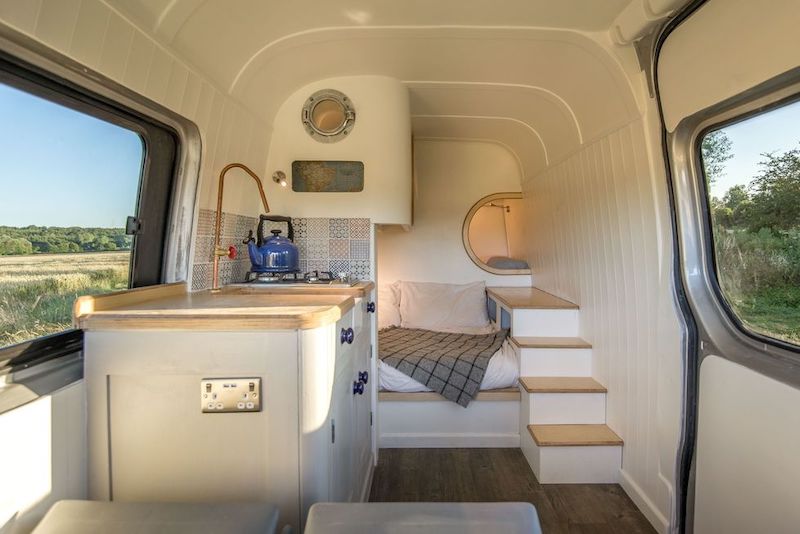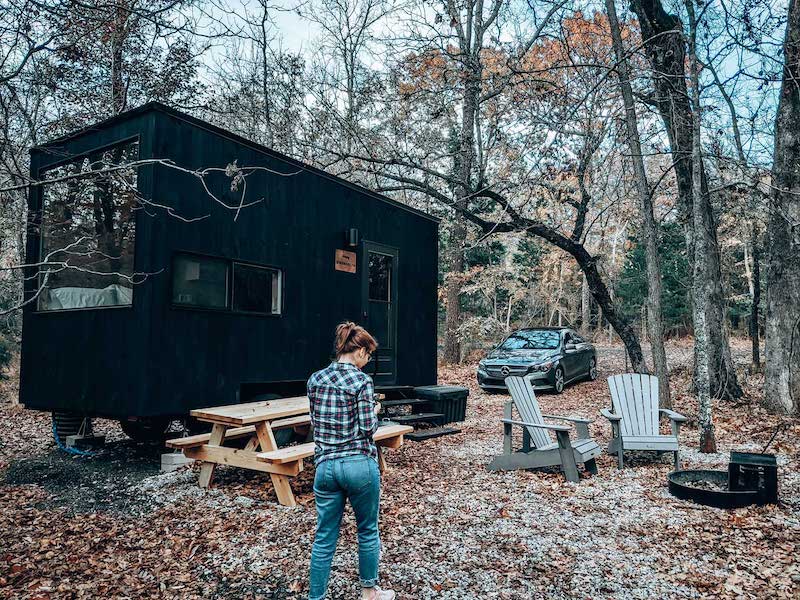Tiny houses, log cabins and AirBnB – how the short-term rental industry is booming with new opportunity

The tiny house industry, with the help of short-term rental sites like AirBnB and Bookings.com has seen a huge boom in recent years. More and more, people are opting for the experience of tiny house living as a holiday adventure and many hosts have made it increasingly easy to enjoy the novelty. With the United States alone having over 2,000 tiny house hosts, one can even take it a step further to include log cabins, tree houses that are now built particularly for adult enjoyment, and other forms of living thanks to this niche the short-term holiday rental industry has brought in.

The different types of tiny houses – from van life to cabins in the woods
After the 2008 financial crisis and later the increase in housing expenses that followed, many people, especially the young, sought housing that was permanent but also offered the flexibility and freedoms of being available at any destination for any given period of time. This saw an increase in two particular types of housing alternatives:
1. Tiny house living
Tiny house living is extremely popular right now. People are finding all kinds of innovative and sustainable ways to construct 3m x 9m houses, with recycled shipping containers being the most popular skeleton trend for the home. The offering that makes tiny houses so appealing is that most can be saddled up onto a trailer and be legally transported on a road from place to place. What makes tiny house living even more appealing is more than just the compactness of the fully functional house, but also that it touches base to creating sustainable and cheaper housing alternatives that many believe will be the future of housing. Tiny houses can accommodate full kitchens, lounges, bathrooms and bedrooms depending on the layout and design plans that people work with. Further, what makes tiny houses that much more appealing is that most tiny homes function on solar panel battery-operated systems. Tiny house living has become the gold standard of some sort that offers both eco-housing, but also affordable housing for many couples and young families. Many have settled in huge open terrains, farms and wooded parks to make their living experience more authentic and closer to nature.
2. Van life
What has also become quite popular over the years is van living. Nomads have started converting vans into little homes that are even smaller than what has become commonly known as tiny houses. A new take on trailer living or a complete transformation from RV’s van life is a modern take on affordable, movable housing for young people looking to travel around without the huge costs of rental agreements, bonds, flights and expensive hotels. Most van homes can accommodate a full-size queen bed, a portable toilet, a kitchenette, a full-sized shower and in some cases, a mini dining space. Like with tiny houses, this form of living has become increasingly popular. To read more about van life and how to do it yourself, click here.
AirBnB and the short-term rental industry
The entire idea of tourism has changed over the last decade with more people looking for quick breaks rather than full-scale holidays to see something specific. With this shift in the tourism industry, people are willing to pay for experiences, rather than the luxury of holidays. AirBnB has opened up wide this major niche in alternative living – from a log cabin in the woods to the ability to live in a spaceship or an abandoned ghost motel. There have been all kinds of experiences that AirBnB hosts have begun offering guests to make the shift in the tourism industry more lucrative and exciting.
Likewise with tiny houses and van living, as owners see their families grow and look for more stability in formal housing, many have seen that their little pieces of heaven have become lucrative passive income streams for short-term rentals and experience-based holidaymakers looking for a quick and inexpensive getaway. YouTube channels like Living Big in a Tiny House by Bryce Langston and adventure seeker channel Levi Kelly continue to show the benefits and perks of the short-term rental industry in the current tiny house market. Even Netflix has hopped onto the trend with a Home & Garden Reality TV series where host John Weisbarth and Zack Giffin are helping families prep for the tiny lifestyle and create hyper customised mini homes.
Conclusion
The industry in short-term rentals and experience-based tourism is only expected to increase. The possibilities are endless and with all the different types of features, support and hassle-free invoicing and payments that hosts have through the AirBnB and Bookings.com portals, there is a definite major future for short-term rentals, especially experience-based holidays continuing to garner interest and support, especially with huge brands like IKEA now offering DIY built tiny homes.



